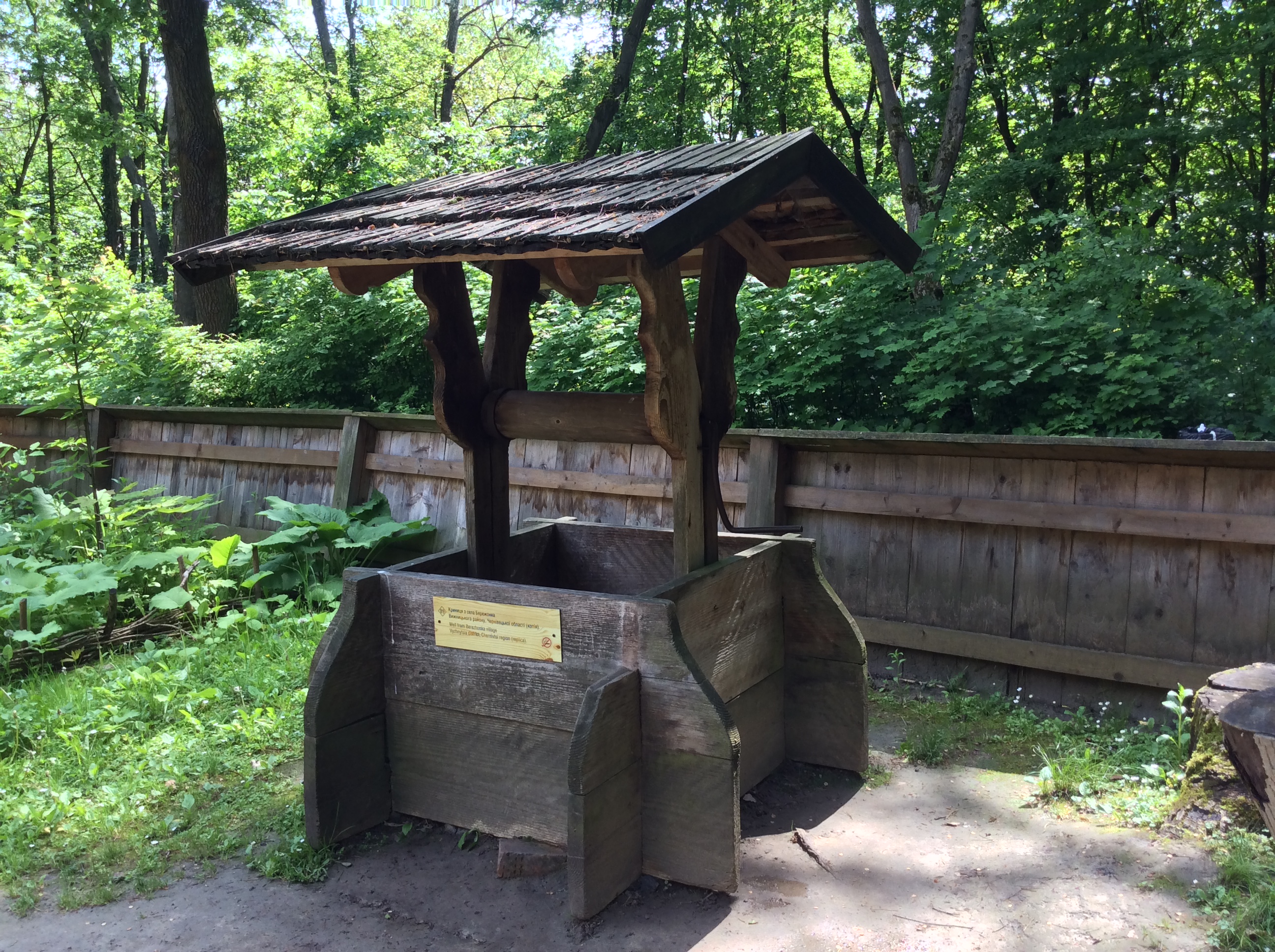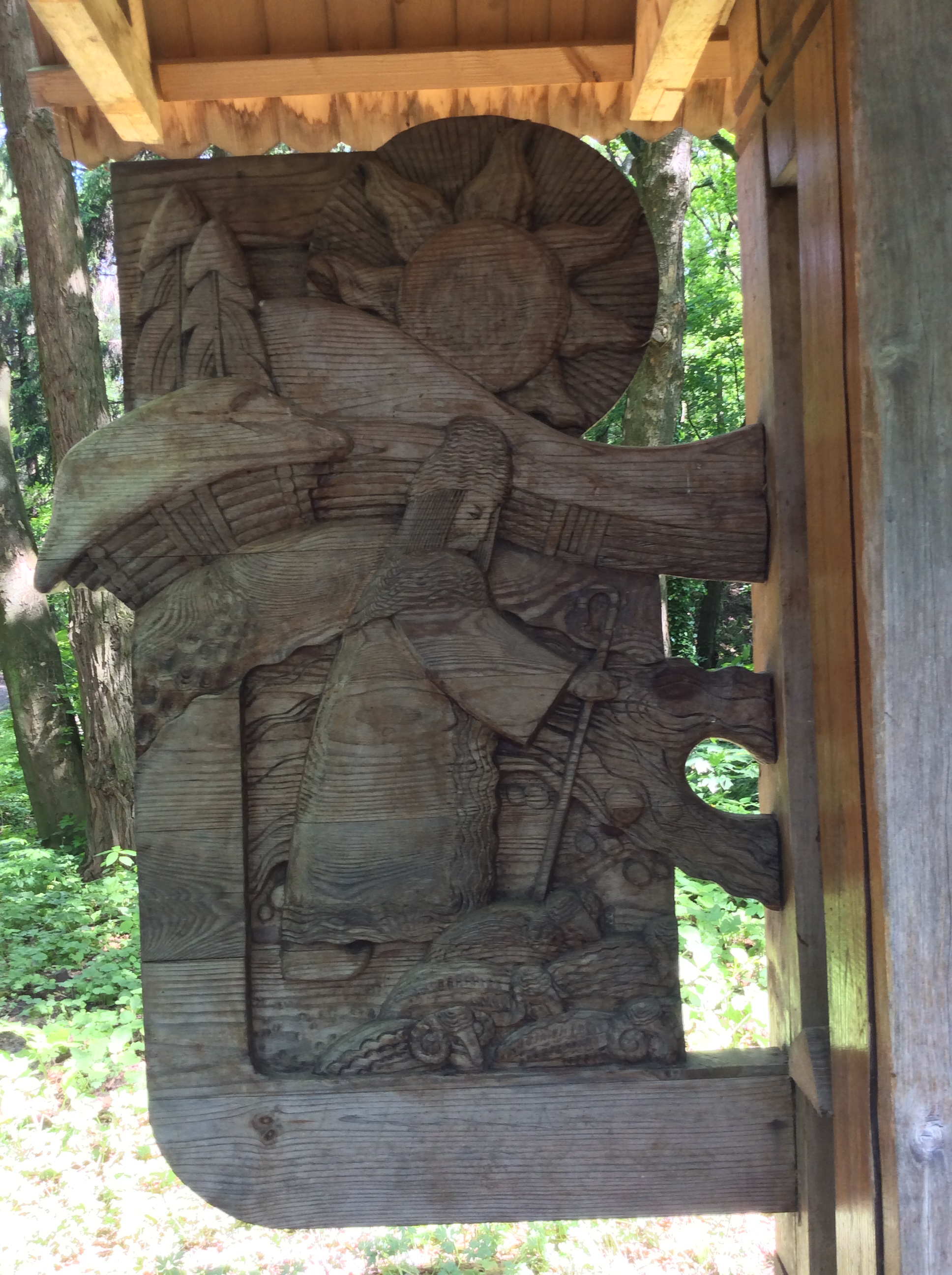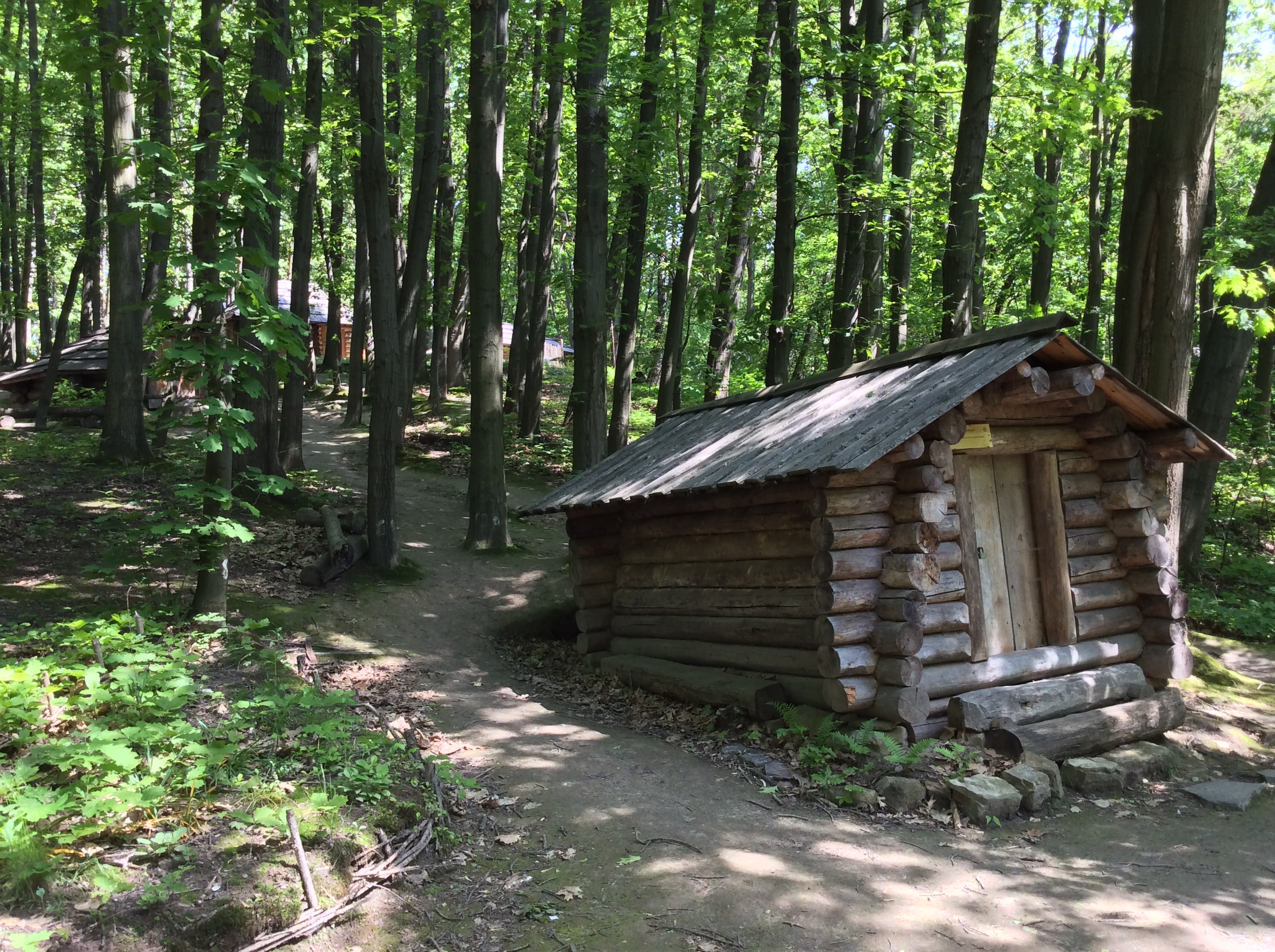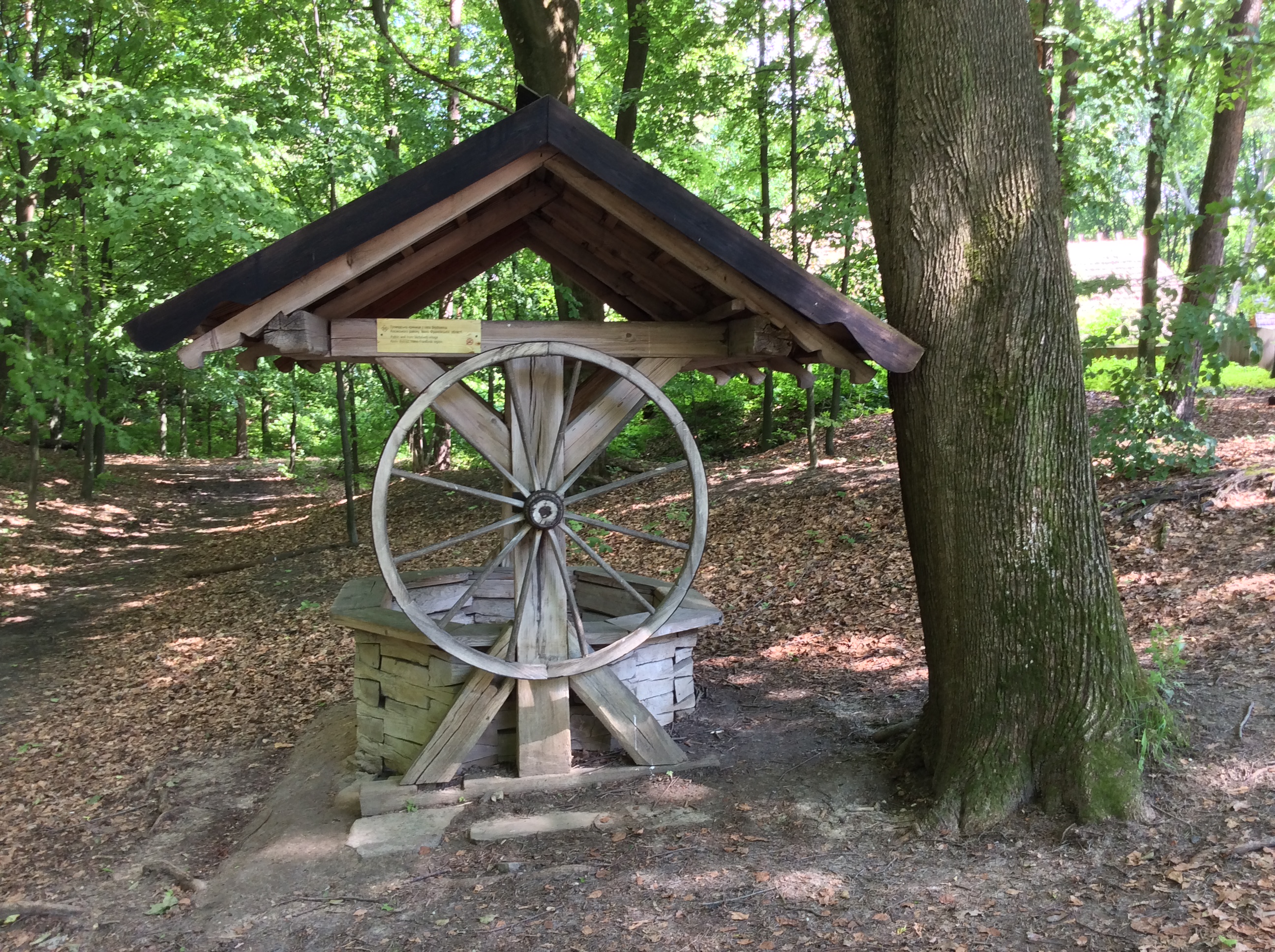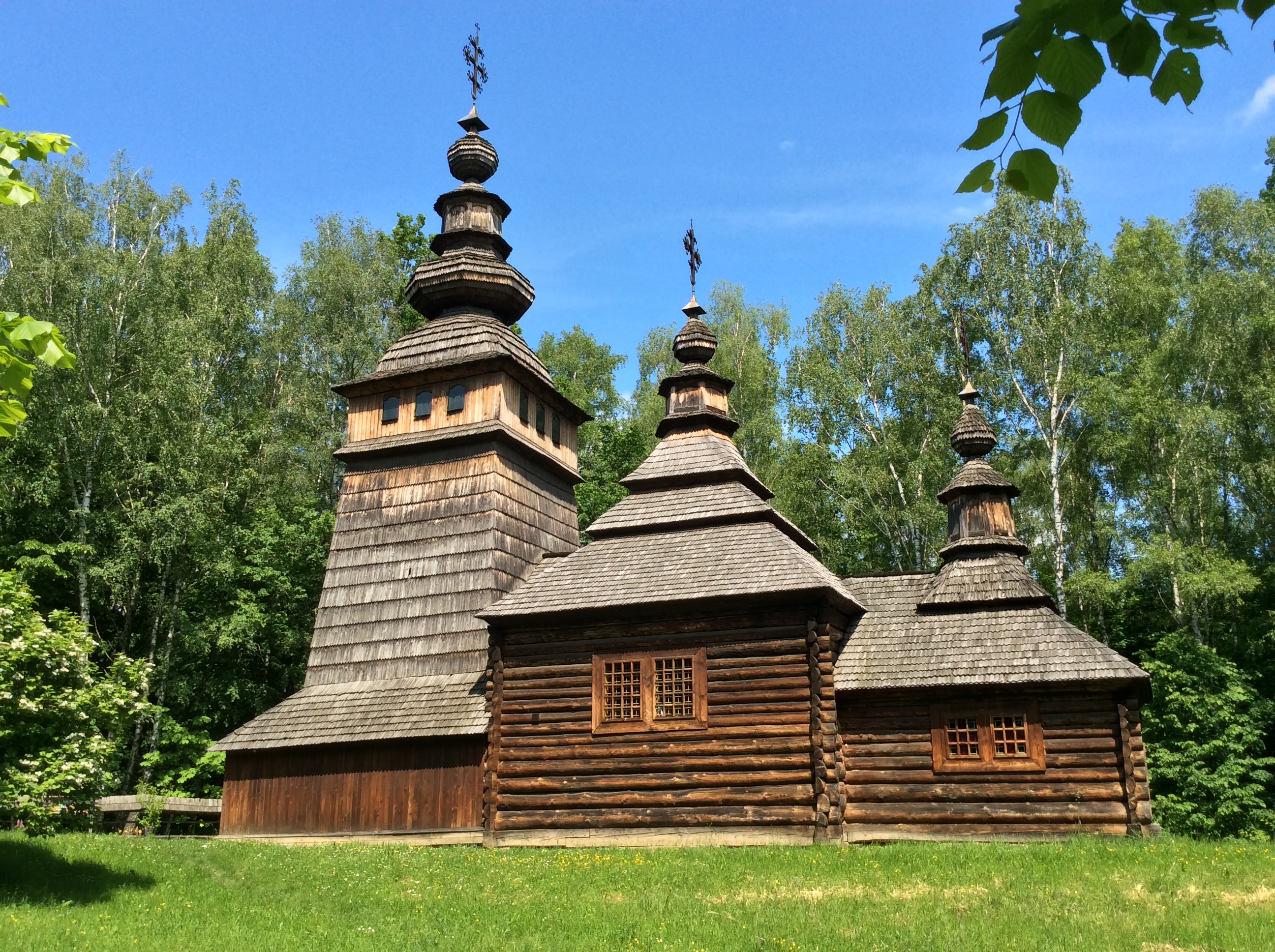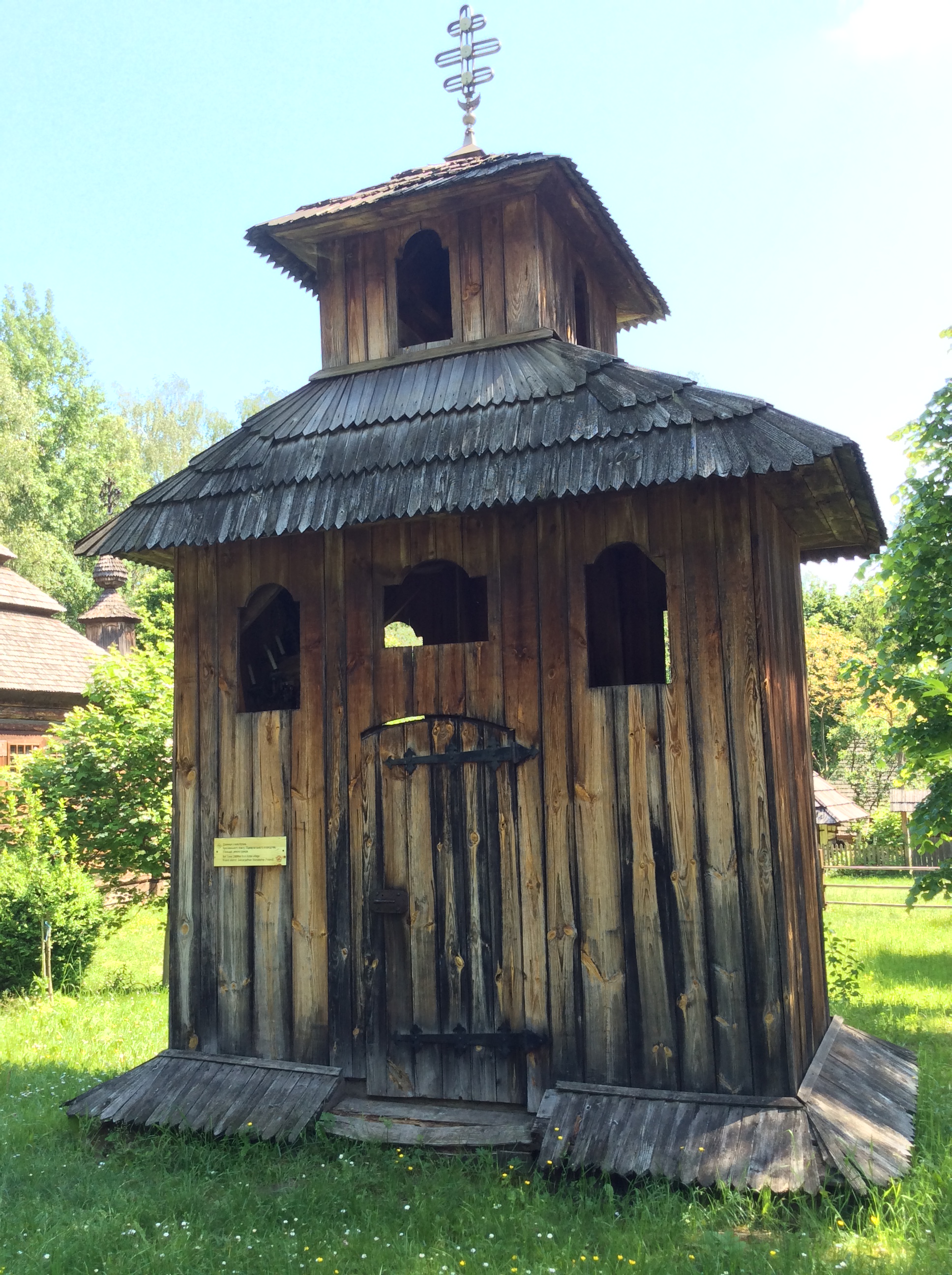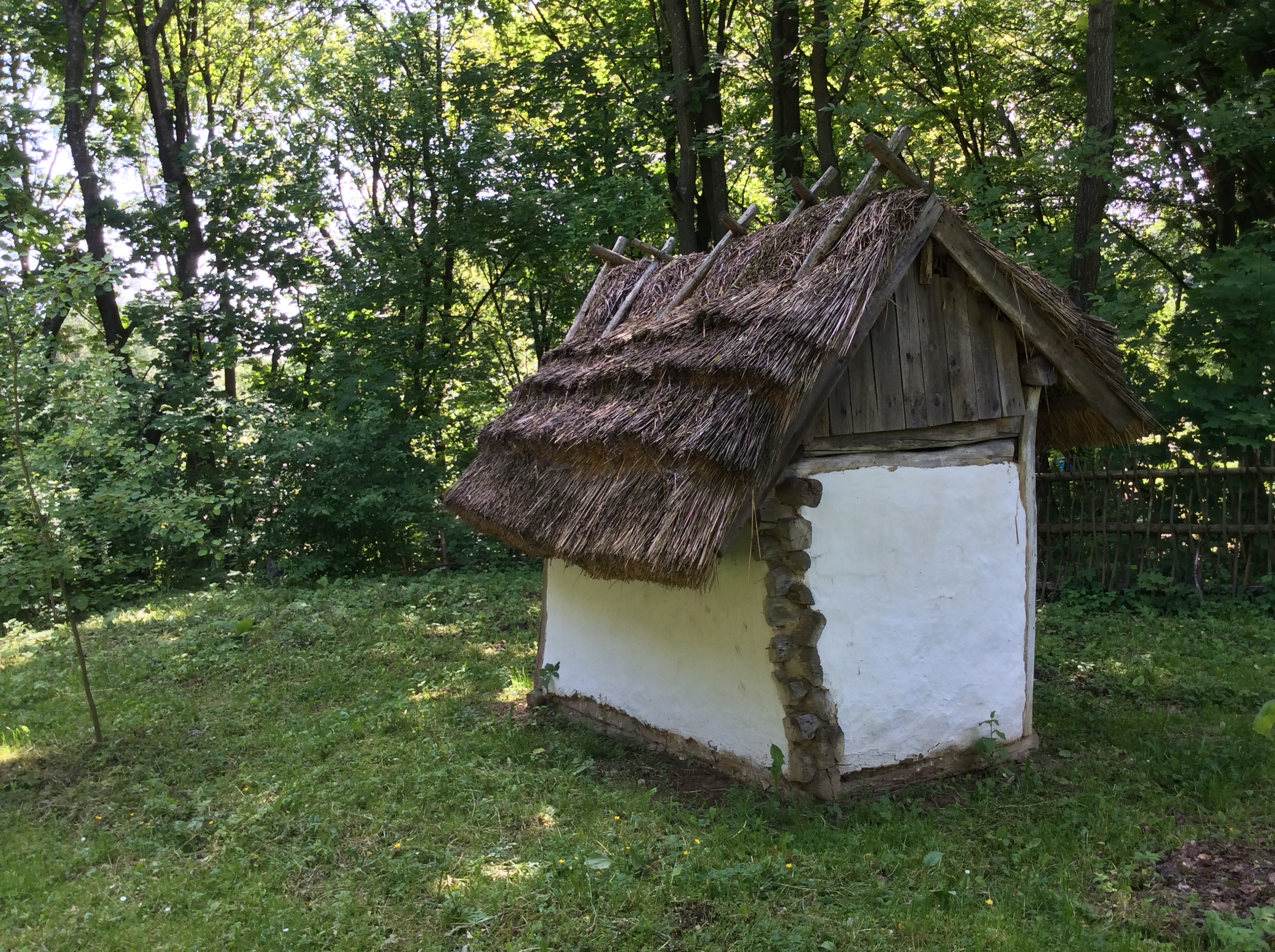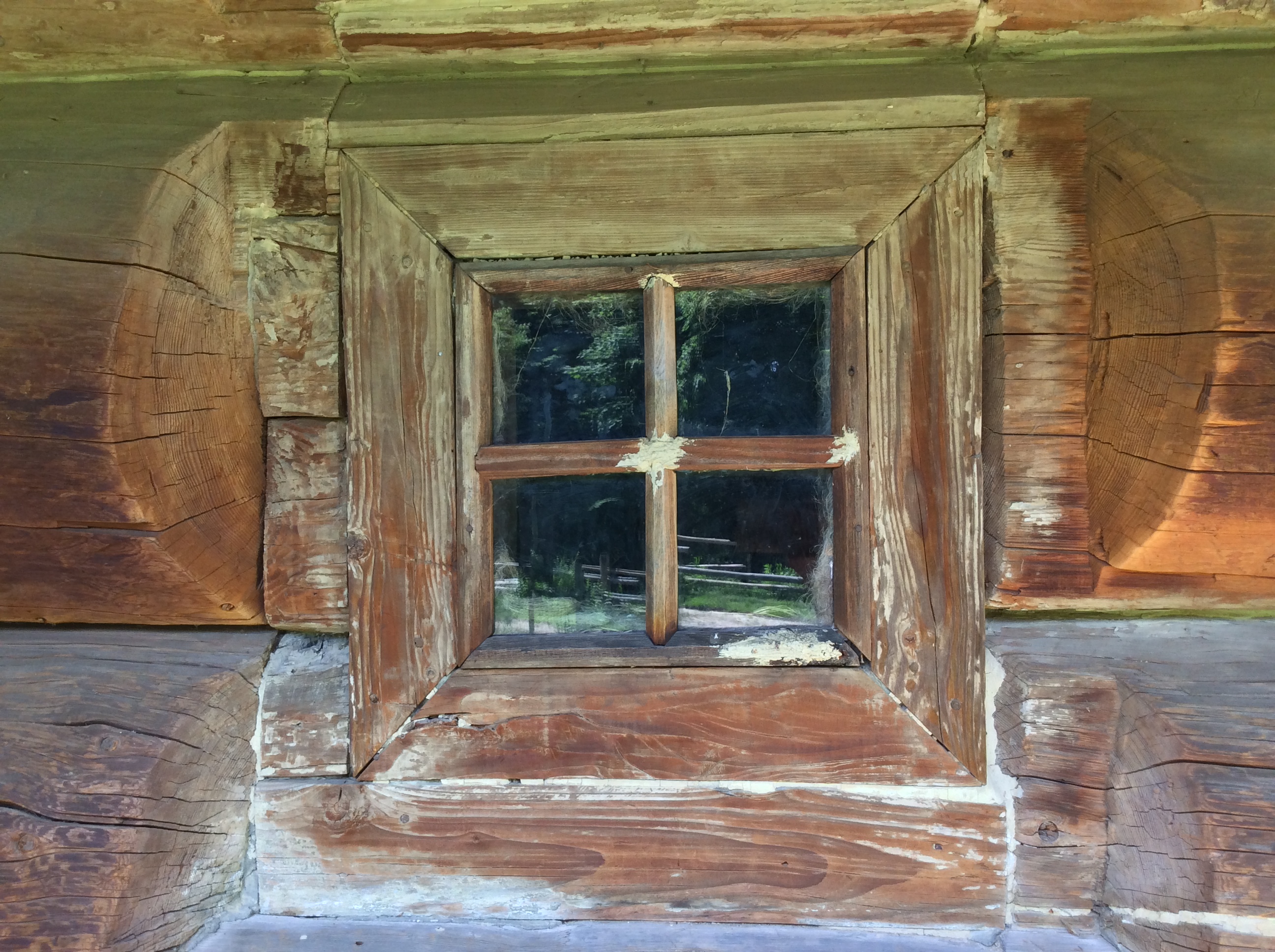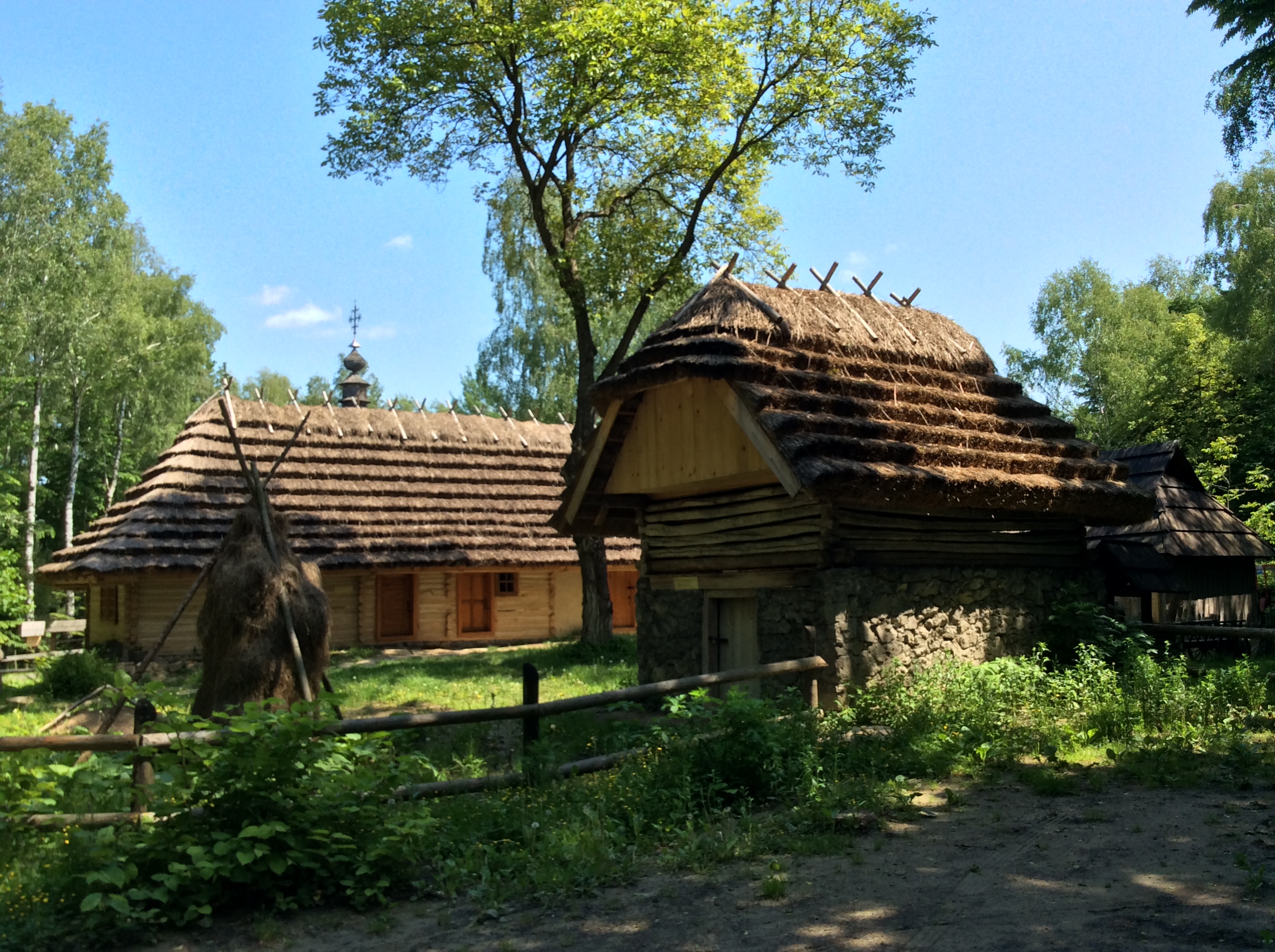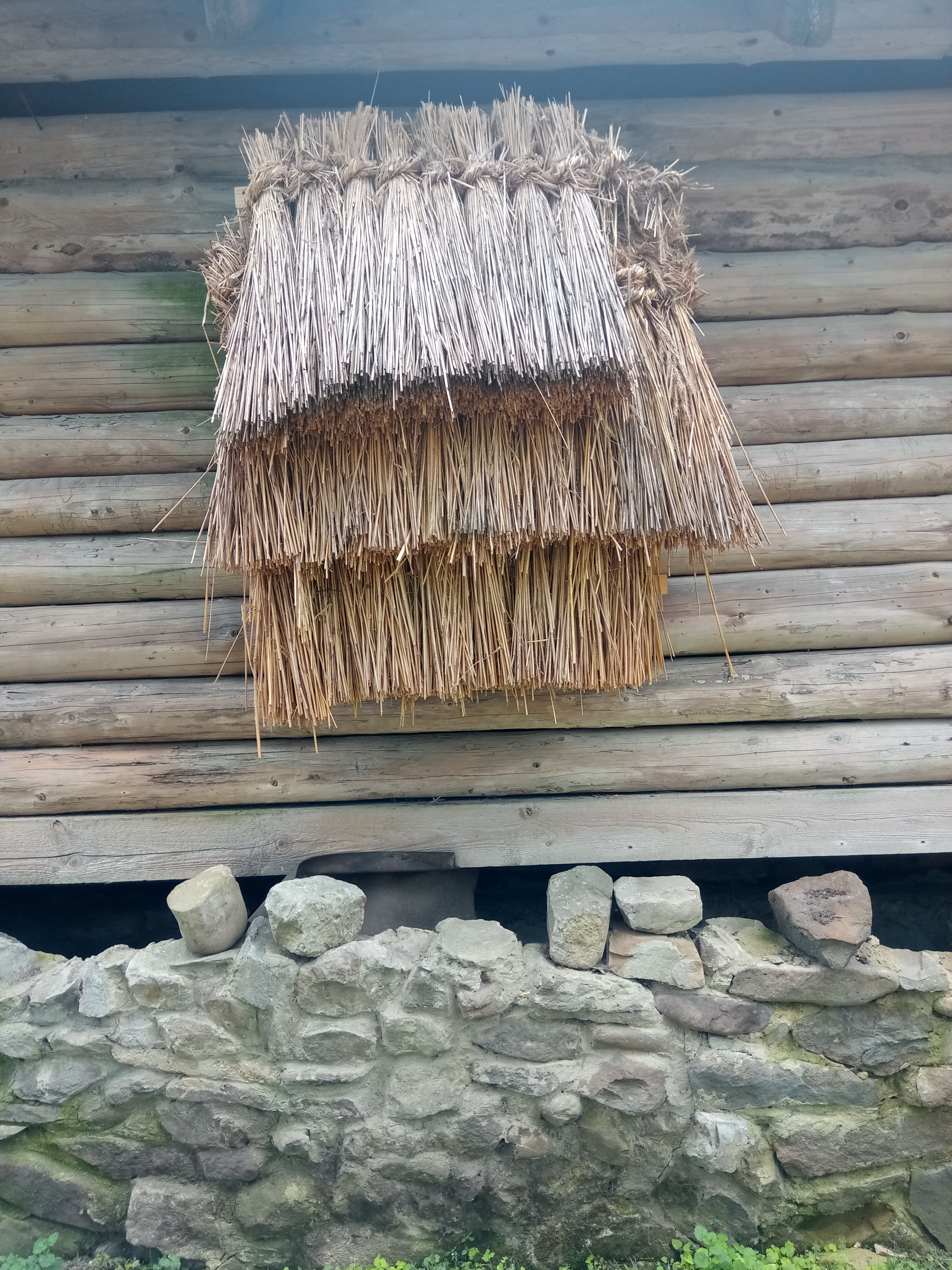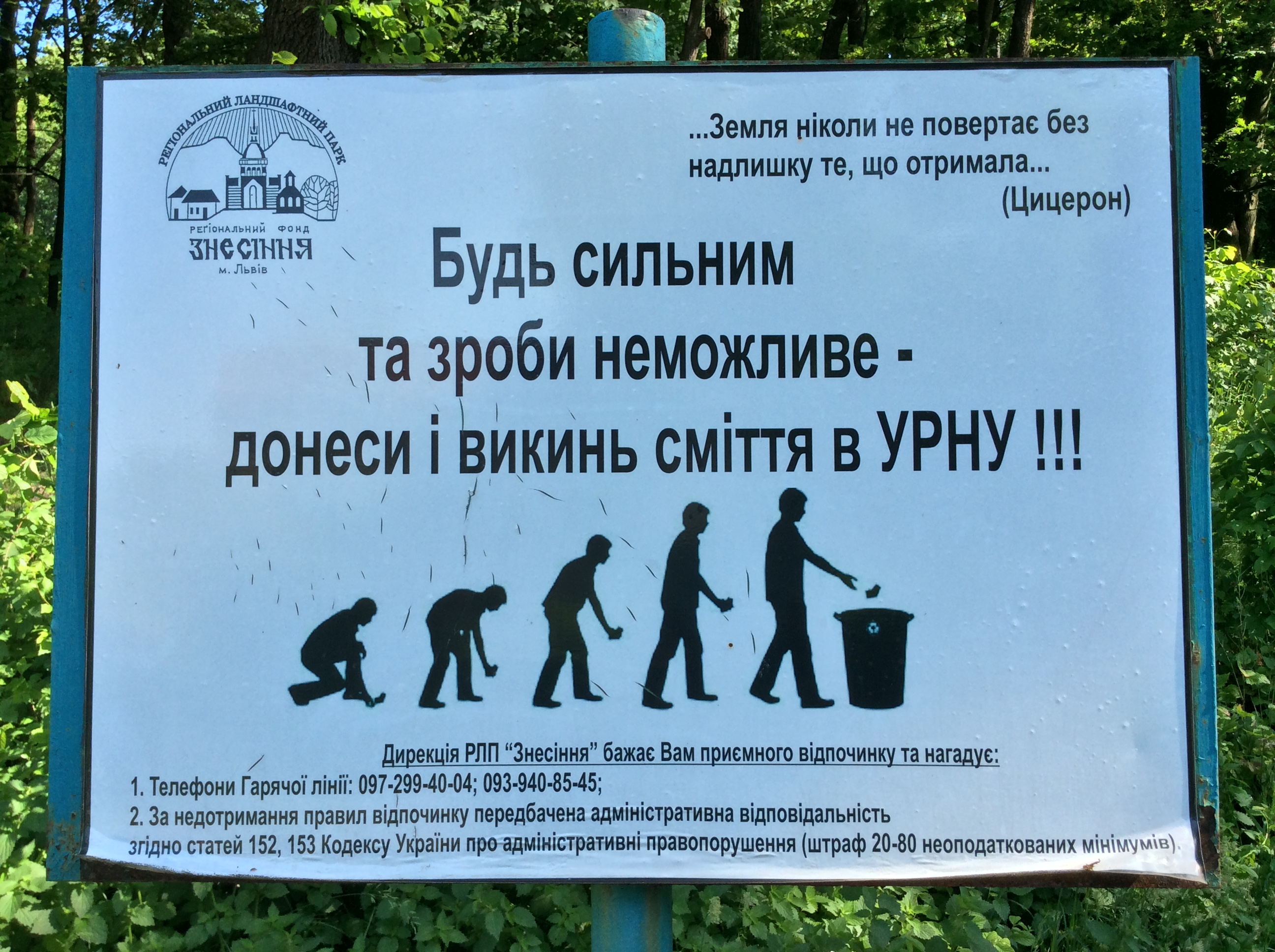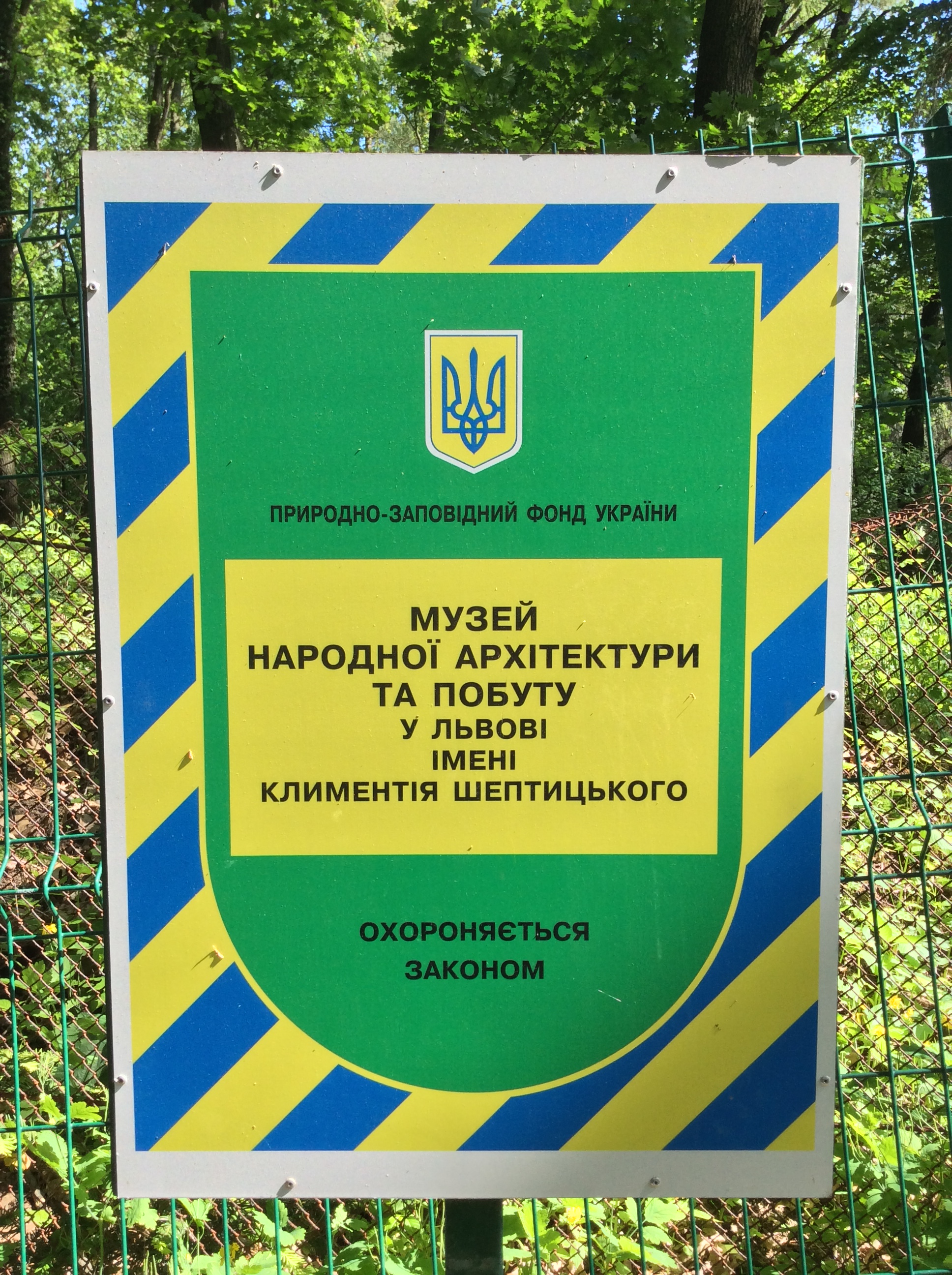The Museum of Folk Architecture and Life in Lviv (Shevchenko Hai) is located on the wooded hills of Roztoczha in the northeastern part of Lviv in the Kaiserwald area of about 84 hectares, near the High Castle Park, on the territory of the Landscape Park “Znesinnya”.
The museum was created on the basis of ethnographic principle, in 1971, in order to save the monuments of wooden architecture, objects of everyday life and specimens of folk art of all historical and ethnographic groups of Western Ukraine, formed in the late 19th – early 20th century.
Today it is one of the largest open-air museums in Europe. In the territory of 36.5 hectares, where 110 monuments of folk wooden architecture have been recreated. The oldest houses were built in 1749, 1792, 1812, 1846, 1860. There are economic and industrial buildings (water mill, windmills, cloth, tartak, forge, oil mill).
The museum successfully combines the hilly landscape, restored vegetation of the Carpathians and carefully moved historical buildings from different regions of Western Ukraine.
The museum is divided into separate ethnic regions: Boykivshchyna, Transcarpathia, Lemkivshchyna, Lviv region, Bukovyna, Podillya, Pokuttya, Hutsulshchyna, Polesie and Volyn.
Each of them is devoted to micro-villages, where near residential buildings are places of economic, industrial, sacral life.
Most specifical decoration and pride of the Museum are its temples. There are seven of them in the Museum, which is the largest collection of sacral architecture in the world of scans.
Most notable is the Church of St Nicholas. This traditional tripartite timber church, encircled by a wooden fence, was transferred to Lviv from Kryvka village, Turkivskyi Raion in 1930. It was originally built by Boiko carpenters in 1763. During the First World War the church was damaged by a shell that pierced the upper gallery.
The museum is one of the favorite holiday destinations of Lviv residents and visitors. Folklore fairs, folk music festivals, performances of folk groups are held here.
In the exhibition halls of the Museum you can get acquainted with the works of artists, stock exhibitions.
It includes more than 20,000 objects, from furniture and clothing to ceramics and jewelry to a collection of 130 painted Easter eggs known as pysanky. On weekends, visitors can enjoy demonstrations of blacksmithing, baking, pottery, doll making and woodcarving.
Over 40 years of activity, more than 3 million tourists from all over the world have had an unforgettable experience exploring the Museum. About 150,000 visitors annually visit it.
![Единая [У]країна](https://one-ukraine.com/wp-content/uploads/2019/07/cropped-Kamianets-Podilskyi-Castle-souvenirs-4-scaled.jpg)





